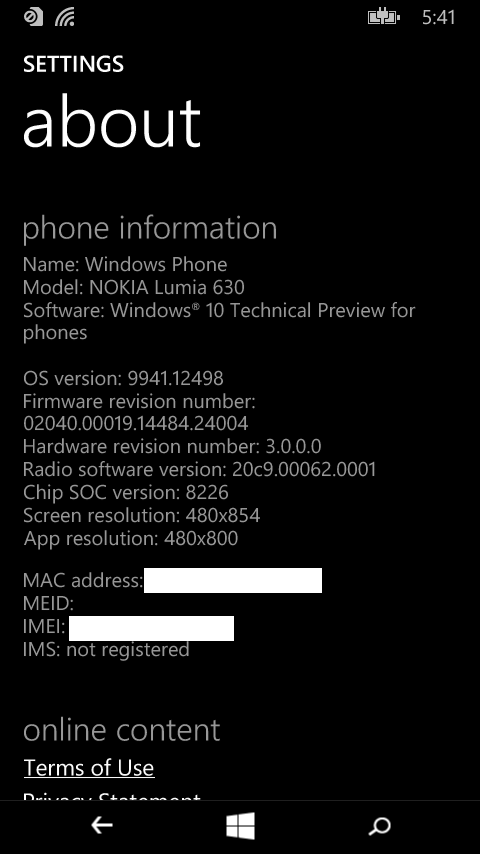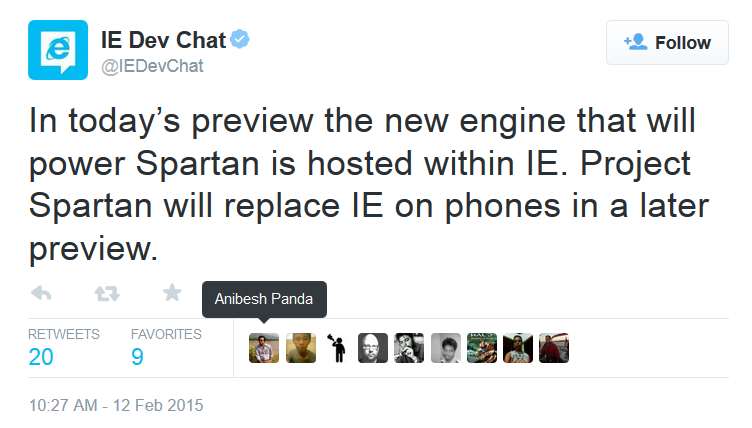Today I installed Android Studio 2.0 Beta 7 and I really enjoyed one of its new features, namely Instant Run. We built a similar feature for NativeScript, named LiveSync, so I was curious to how Instant Run feature works.
The first thing I noticed is instant-run.jar placed in <my project>/build/intermediates/incremental-runtime-classes/debug directory. This library provides Server class in the com.android.tools.fd.runtime package where are the most interesting things. This class is a simple wrapper around android.net.LocalServerSocket which opens a unix domain socket with the application package name. And indeed during the code update you can see similar messages in the logcat window.
com.example.testapp I/InstantRun: Received connection from IDE: spawning connection thread
In short, when you change your code the IDE generates new *.dex file which is uploaded in files/instant-run/dex-temp directory which is private for your application package. It then communicates with the local server which uses com.android.tools.fd.runtime.Restarter class. The Restarter class in an interested one. It uses a technique very similar to the one we use in NativeScript Companion App to either restart the app or recreate the activities. The last one is a nice feature which the current {N} companion app doesn’t support. I find it a bit risky but probably it will work for most scenarios. I guess we could consider to implement something similar for {N}.
So far we know the basics of Instant Run feature. Let’s see what these *.dex files are and how they are used. For the purpose of this article I am going to pick a scenario where I change a code inside Application’s onCreate method. Note that in this scenario Instant Run feature won’t work since this method is called once. I pick this scenario just to show that this feature has some limitations. Nevertheless, the generated code shows clearly how this feature is designed and how it should work in general. Take a look at the following implementation.
package com.example.testapp;
public class MyApplication extends Application {
private static MyApplication app;
private String msg;
public MyApplication() {
app = this;
}
@Override
public void onCreate() {
super.onCreate();
int pid = android.os.Process.myPid();
msg = "Hello World! PID=" + pid;
}
public static String getMessage() {
return app.msg;
}
}
Let’s change msg as follows
msg = "Hello New World! PID=" + pid;
Now if I click Instant Run button the IDE will generate new classes.dex file inside <my project>/build/intermediates/reload-dex/debug directory. This file contains MyApplication$override class and we can see the following code.
public static void onCreate(MyApplication $this) {
Object[] arrayOfObject = new Object[0];
MyApplication.access$super($this, "onCreate.()V", arrayOfObject);
AndroidInstantRuntime.setStaticPrivateField($this, MyApplication.class, "app");
int pid = Process.myPid();
AndroidInstantRuntime.setPrivateField($this, "Hello New World! PID=" + pid, MyApplication.class, "msg");
}
By now it should be easy to guess how the original onCreate method is rewritten. The rewritten MyApplication.class file is located in <my project>/build/intermediates/transforms/instantRun/debug/folders/1/5/main/com/example/testapp folder.
public void onCreate() {
IncrementalChange localIncrementalChange = $change;
if (localIncrementalChange != null) {
localIncrementalChange.access$dispatch("onCreate.()V", new Object[] { this });
return;
}
super.onCreate();
app = this;
int pid = Process.myPid();
this.msg = ("Hello World! PID=" + pid);
}
As you can see there is nothing special. During compilation the new gradle-core-2.0.0-beta7.jar library uses the classes like com.android.build.gradle.internal.incremental.IncrementalChangeVisitor to instrument the compiled code so it can support Instant Run feature.
I hope this post sheds some light on how Android Instant Run feature works.


